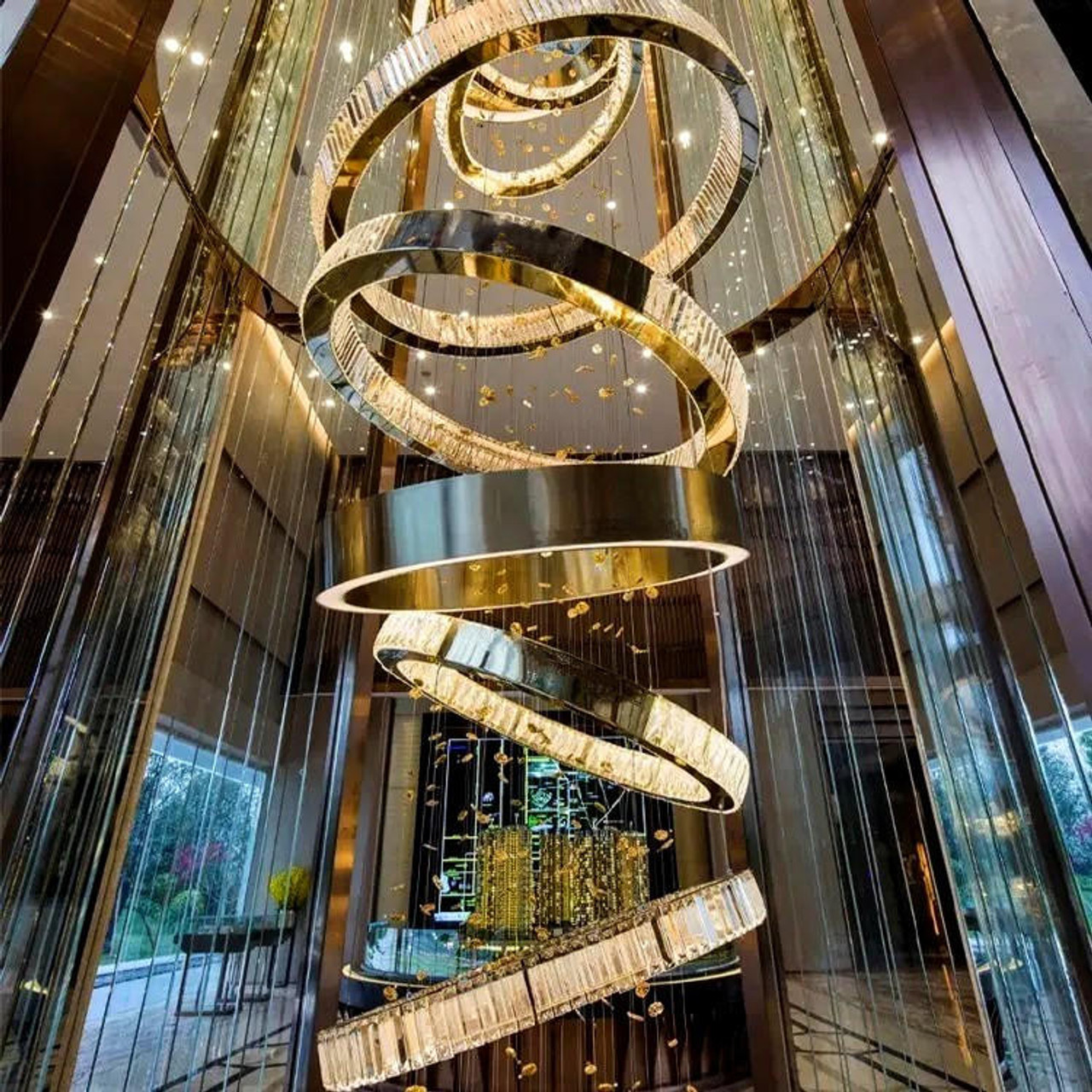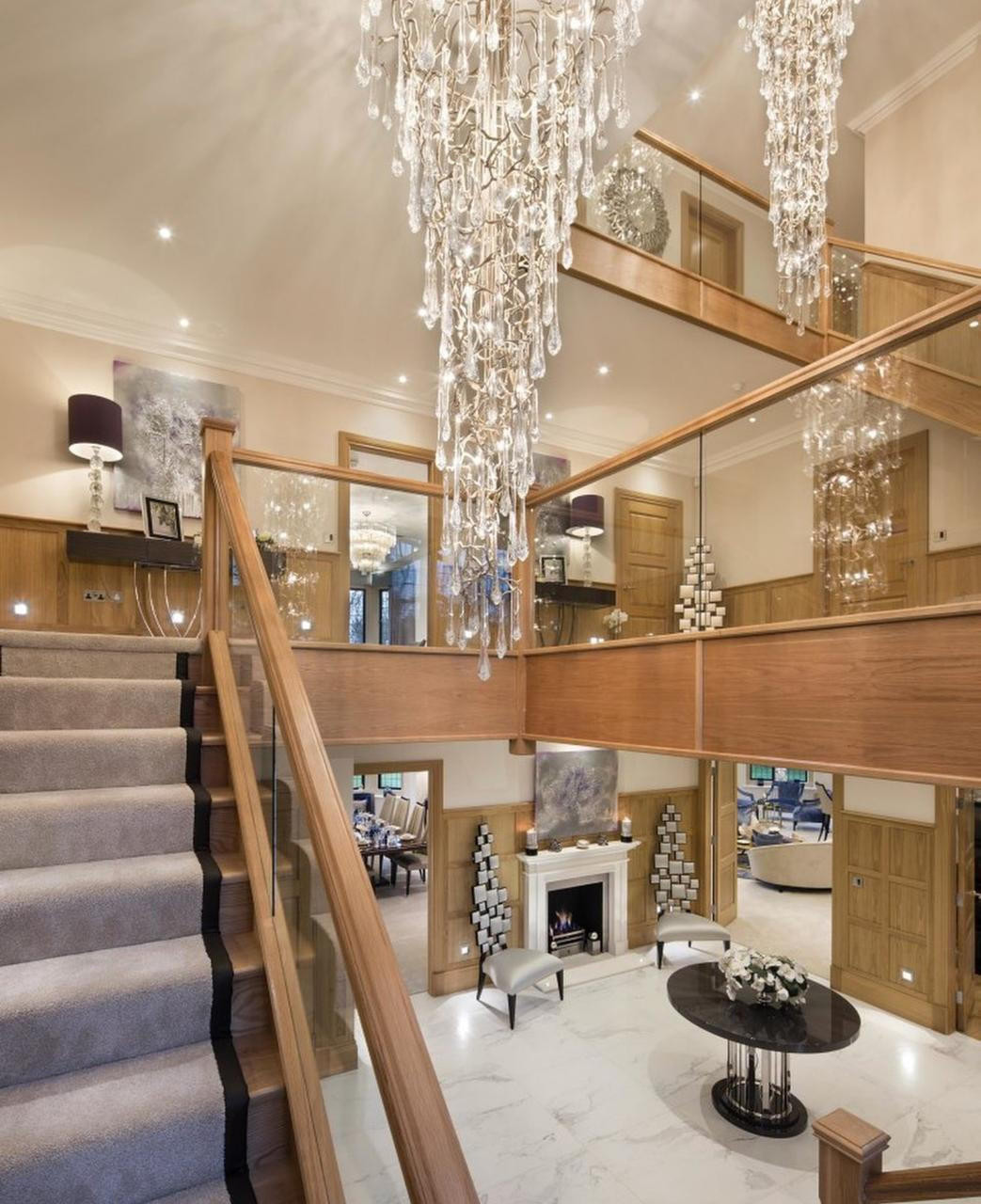Bocci: Crafting a Global Legacy in Lighting Design
Posted by Carl Jenkins - Senior Architectural Designer on 6th Oct 2024
Introduction
In the shimmering world of modern design and architecture, lighting plays a pivotal, yet often understated, role. It is not merely to illuminate, but to define spaces, create moods, and express the soul of a piece of architecture. Among the vanguards in this luminiferous endeavor is Bocci, a company that has not only embraced the elegance of lighting but has also crafted a global presence that resonates across continents. Founded in the heart of design innovation, Bocci stands out as a paragon of creativity, craftsmanship, and relentless ambition.
The Genesis of Bocci: From Vision to Reality
The story of Bocci begins with a visionary dream harbored by its founder, Omer Arbel. Steeped in an ethos of creative exploration and technical mastery, Arbel envisioned a company that would transcend the typical functionalities of lighting design. Established in 2005, Bocci quickly made its mark by eschewing the confines of conventional design principles, embracing instead a philosophy that celebrates the organic interplay between light, form, and material.
Bocci's initial explorations into the world of lighting were met with an enthusiastic reception, owing in part to the founder’s rich background in both architecture and design. This fusion of disciplines, much as an alchemist combines elements to create gold, resulted in luminescent creations that were as much art as they were functional objects. This multi-disciplinary approach has allowed Bocci to carve a unique niche within the lighting industry, blending artistic intuition with practical application in a seamless continuum.
The Innovation in Lighting Design
At the core of Bocci's success is its commitment to innovation. From the start, Bocci embraced a unique design language that distinguishes its pieces in even the most competitive markets. The company’s lighting fixtures are not simply styled; they are engineered with an attention to detail and an exacting precision that borders on the sublime. This dedication to innovation is not merely an internal ethos but an external allure that has captivated audiences worldwide.
Bocci's designs often evoke a sense of the organic and the ethereal, transcending the traditional boundaries of material limitations to create something more profound. One of its hallmark collections, the 28 series, consists of intricate, hand-blown glass pendants that serve as perfect exemplars of Bocci’s design philosophy. Each pendant in the series is unique, a microcosm of the randomness found in nature, yet meticulously crafted to uphold a particular standard of elegance and consistency. The use of glass, its nuanced manipulation, and the playfulness of light reveal a deeper philosophy: to render visible the invisible dance of photons and atoms.
Craftsmanship Meets Technology: The Bocci Fabrication Process
While the design genius behind Bocci is undeniable, it is their sophisticated fabrication process that transforms vision into reality. Bocci's production site, a hybrid of artisan craftsmanship and cutting-edge technology, serves as the cradle where concepts are nurtured into existence. This fusion of tradition with modernity epitomizes Bocci's approach to production, ensuring that each creation is a testament to the highest standards of quality and innovation.
- Glass Blowing: Each glass element is hand-blown by skilled artisans, combining age-old techniques with a contemporary design sensibility—a testament to human creativity and invention.
- Material Experimentation: Innovative use of materials, such as porcelain and copper, serves as a hallmark of Bocci’s production ethos, expanding the horizons of what is possible in the art of lighting.
- Agile Manufacturing: A nimble production process allows for customization and adaptation, ensuring each piece can be tailored to fit unique spaces and requirements, demonstrating Bocci's commitment to versatility and bespoke solutions.
This synergy of craftsmanship and technology ensures that every Bocci piece not only meets the highest quality standards but also pushes the boundaries of what's possible in lighting design.
Global Expansion: Bocci's International Footprint
From its modest beginnings, Bocci's reach has burgeoned beyond its Canadian origins to touch interior and architectural designs worldwide. This global presence is not a mere consequence of distribution; it is an expression of the universal appeal of Bocci's design philosophy. The ability of Bocci to adapt its aesthetic principles to diverse cultural contexts underscores its flexibility and wide-ranging appeal.
Bocci installations grace a variety of spaces, from luxurious hotel lobbies to avant-garde residential properties, and from corporate boardrooms to public art exhibitions. This diversity of application is a testament to the brand’s versatility and the broad resonance of its aesthetic. Their ability to balance standardization with personalization is a defining feature of their international appeal.
The company's global reputation was further cemented with the establishment of Bocci 79, a flagship store and gallery in Berlin. This venue serves as a beacon of Bocci’s commitment to the global design community, showcasing their work in a setting that invites interaction and inspiration. Berlin, with its rich history of design and progressive art scene, provides the perfect backdrop for Bocci to engage with a broader audience while infusing its pieces with the city’s vibrant energy.
Bocci's Impact on Design and Architecture
Bocci’s contributions to lighting design have rippled through the spheres of architecture and interior design, influencing both the aesthetics and the methodologies employed by designers around the world. Here, lighting is not merely an aspect of decoration but an integral structural element that can transform the overall sense of space. By reconceptualizing lighting as a foundational design element rather than a mere accessory, Bocci has instigated a paradigm shift within the industry.
Bocci’s ethos resonates with a variety of design movements. It shares affinities with Minimalism in its preference for form follows function, yet also aligns with the organic principles of biomorphism through its creation of light forms that mimic natural, flowing shapes. This blend ensures that Bocci designs not only enhance architectural forms but also engage them in a harmonious dialogue. Through this interdisciplinary dialogue, Bocci continues to bridge the gap between the natural and the constructed, encouraging both professionals and enthusiasts to rethink the role of light in their environments.
The Future of Bocci: Innovation and Sustainability
As Bocci navigates the future, its commitment to innovation and sustainability remains at the forefront. Embracing environmentally conscious materials and practices, the company strives to reduce its ecological footprint while continuing to deliver designs that enlighten the senses. Bocci’s forward-thinking strategies include investigating new material technologies and fostering sustainable practices at every stage of production.
Bocci’s ongoing collaboration with designers and architects ensures that it remains at the cutting edge of lighting design. This synergy fosters creativity, leading to pioneering solutions that redefine the role of lighting in the modern world. Bocci's ability to adapt and thrive amidst changing global standards serves as a beacon for innovation, promising to reshape our understanding of space and functionality in the years to come.
Conclusion
As Bocci continues to craft its global presence, it does so with an unwavering commitment to excellence in design and innovation. The company's history is not just a record of its past achievements but a roadmap for its future endeavors. With each new collection, Bocci invites us to see the world — and its light — anew. It is a journey illuminated by the brilliance of human creativity, a beacon for those who dare to dream. In redefining the landscape of modern lighting, Bocci not only brightens our physical spaces but also illuminates new trajectories for creativity and design on the global stage.




